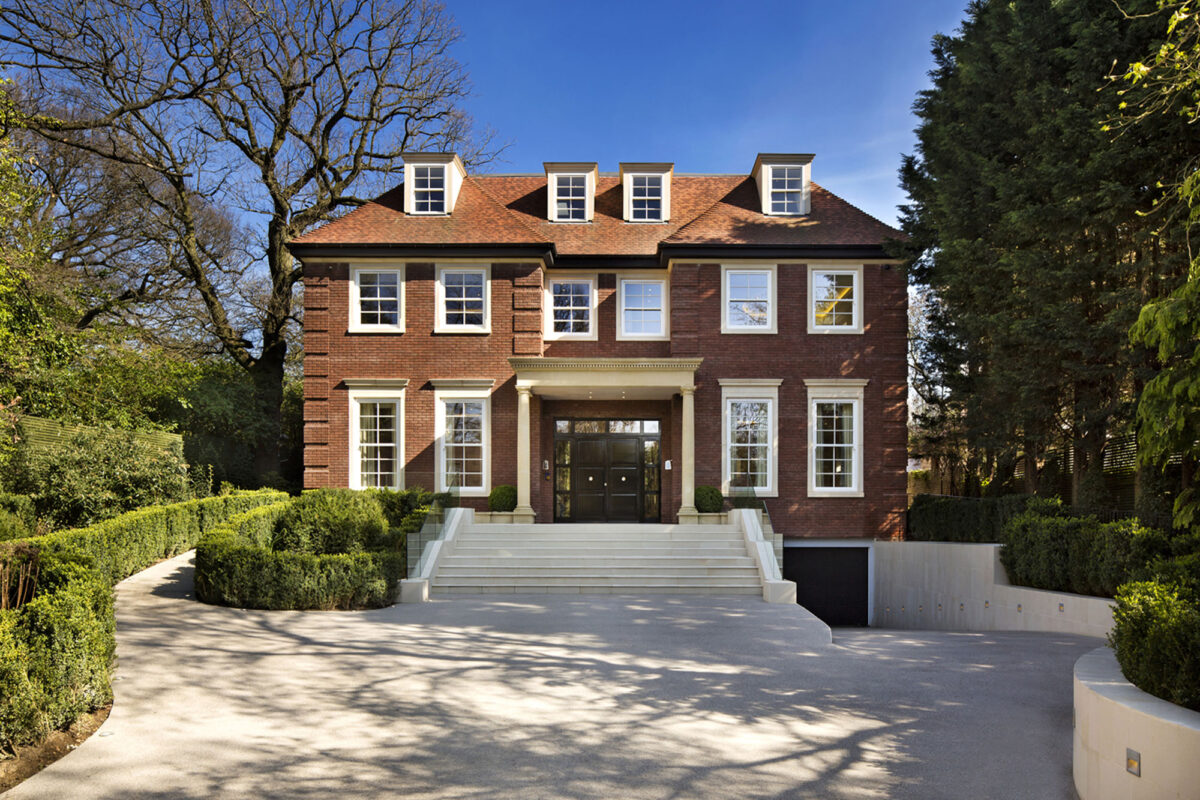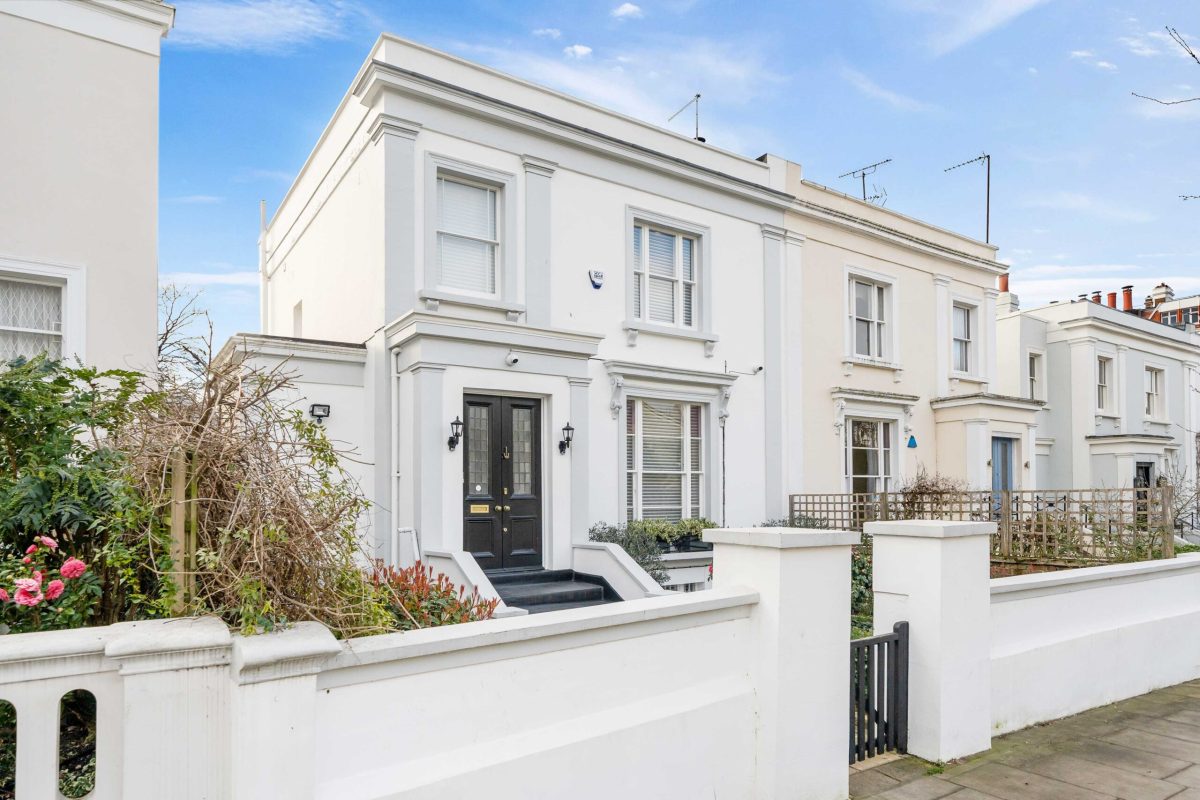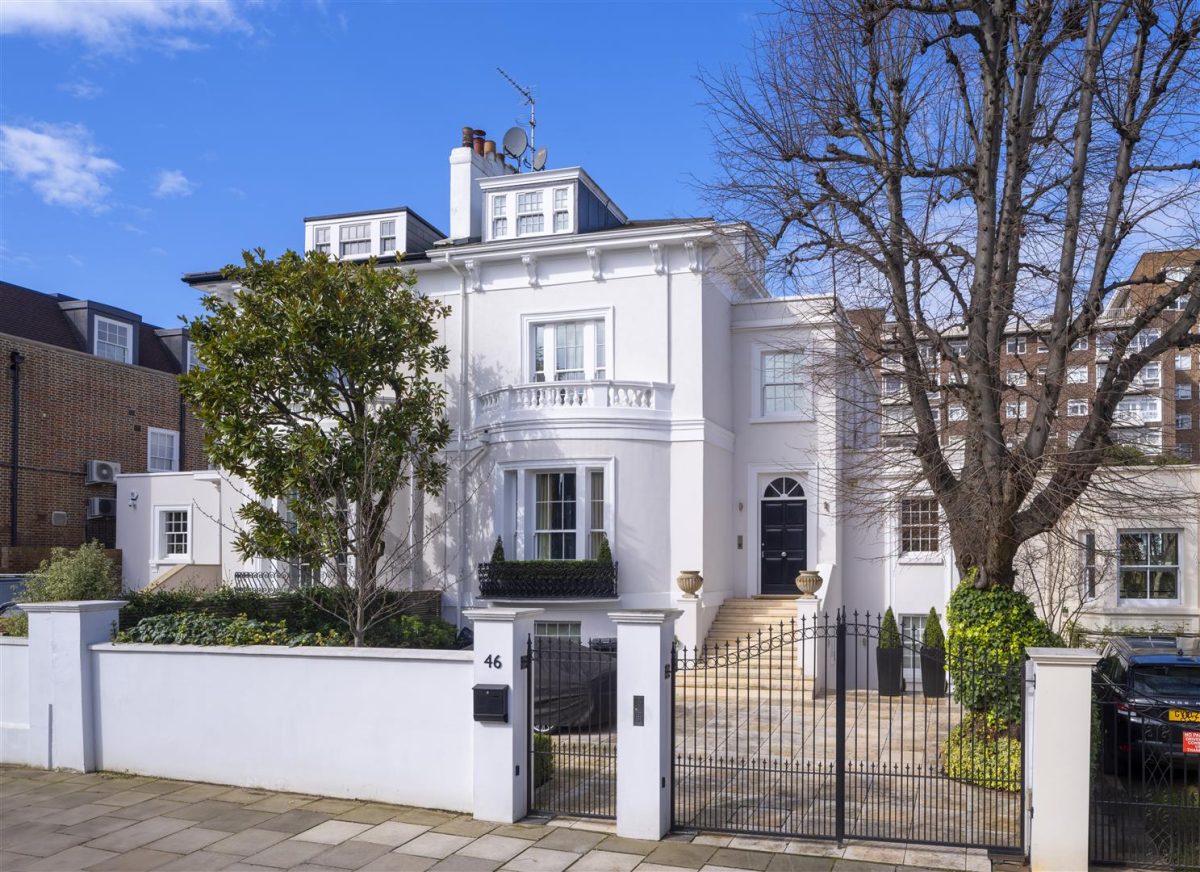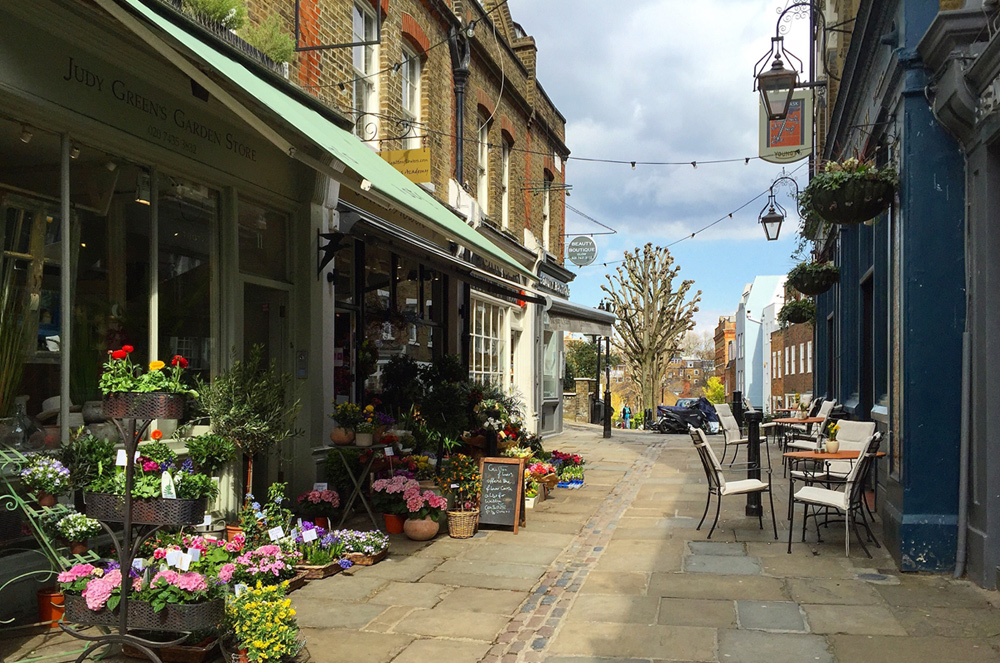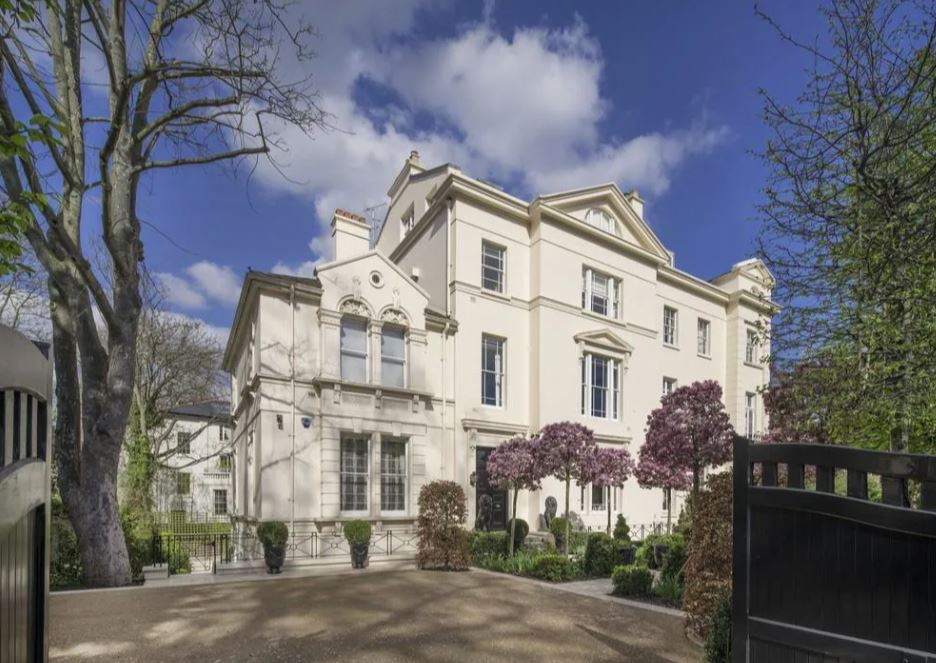St John’s Wood Area Guide, NW8
Pic of own St John’s Wood property
Situated in prime London, St John’s Wood is one of London’s most distinguished postcodes. Located within the superior residential area which stretches from Knightsbridge to Hampstead and Mayfair, it’s here you’ll find London’s most luxurious properties.
When neighbouring structures include: Regent’s Park, Lord’s Cricket Ground, Hyde Park, London Zoo, The Dorchester, Selfridges, Kensington Palace and Harrods, a home in St John’s Wood is a unique chance to enjoy the very best of London from one of its best residential areas.
Here’s your complete guide to St John’s Wood, its homes and all it has to offer.
St John’s Wood Area Guide, NW8
Tucked away on the perimeters of Regent’s Park in north west London, St John’s Wood is a serene, luxurious residential district. Boasting tree-lined avenues and picturesque, open green spaces, such as Hyde Park and Regent’s Park, NW8 is a sought-after postcode for those wanting to live in the capital.
Why choose St John’s Wood?
Most famous for Lord’s Cricket Ground, Abbey Road Studios (of Beatles’ crossing fame) and its unusually large number of beautiful detached homes, St John’s Wood holds instant appeal for buyers in central London.
Despite the grandeur of its properties, St John’s Wood retains a warm village feel with the benefits of London’s best facilities on your doorstep. Its prestigious neighbourhoods attract both young professionals and families.
See our useful guide >
Luxury Properties to Buy or Rent in St John’s Wood, London
In a city where space is at a premium, St John’s Wood’s grand detached houses are highly valuable properties which move quickly. Stucco-fronted, gated or grade II-listed, these magnificent, luxury period homes hark back to London’s most opulent eras.
Known as villas, stacked multi-floors high, detached houses in St John’s Wood are wonderfully preserved, retaining resplendent classic features which give the neighbourhoods of St John’s Wood so much character.
Elegant villas in St John’s Woods can be bought or rented, both as spacious family homes or roomy apartments, reflecting the range of age groups which inhabit this leafy corner of west London.
Exquisite architecture is plentiful here and you’ll find St John’s Woods’ villas are accompanied by lavish mansion houses and pretty townhouses. Variety means you’ll have a wonderful choice of exceptional, spacious semi-detached and detached properties with huge gardens, providing both super luxury houses and apartments.
Its high number of residential properties is central to St John’s Wood’s village-like atmosphere. As a protected conservation area, St John’s Wood’s large quantity of residents is sustained, making it a wonderful, quiet haven away from London’s busy tourists and formal business districts.
You’ll also find the council tax rates in St John’s Wood are the lowest in the country.
A range of super luxe properties in high demand are accompanied by a very low crime rate and beautiful green surroundings, creating a tranquil, scenic retreat in the heart of central London.
First-rate properties, superb amenities and the opportunity to make lasting friendships with your neighbours (which doesn’t always happen in an international city like London) means people tend to stay here. Bars, delis, retaurants, boutiques and parks help to create the area’s inviting village atmosphere.
In the Local Area
St John’s Wood’s proximity to prime London means it’s perfect for work, rest and play at any age.
To the right are Regent’s Park, Primrose Hill and Hampstead, playgrounds of so many of Britain’s most famous faces. Above are the notorious streets of Notting Hill and Holland Park, vibrant London locations so often the focuses of England’s most well-known films and celebrity sightings as well as the UK’s world-class museums.
To the left are Kensington, Knightsbridge and Hyde Park, again, iconic areas of London, home to Kensington Palace (where Prince William and Princess Kate resided until August 2022), the Diana Memorial and Children’s Playground, King’s Road, Chelsea Football Club and more.
Below lie Mayfair, Marylebone and Westminster, London’s most notable areas where you’ll find Buckingham Palace, the Houses of Parliament, the River Thames, Oxford Street, more top London parks and Harrods.
On the perimeters lie London’s best private schools, including: St Paul’s Girls’ School, Westminster School, Godolphin and Latymer School, City of London School and more. A collection of state schools here are also of the highest class, formerly counting British prime minister’s children amongst their pupils.
For international schools, the American School and ICS are just some of the top global institutions close by.
It’s little wonder famous faces from around the world as well as the UK, choose to call this area home. From media moguls to MPs, British royalty, lawyers, bankers, fashion gurus and pop stars, you never know who you’ll bump into in this part of London.
Learn more about London’s best private schools
Best private schoools guide>
St John’s Wood: Historical Significance
It was in the 1800s that St John’s Wood came into its own as a popular place of residence for bankers, merchants and aristocrats. The vision of Henry Samuel Eyre to replicate the beauty of the Roman spa town of Bath saw St John’s Wood develop into the stunning London locality it is today.
Prior to the 19th century, St John’s Wood was a large woodland district owned by the Knights of St John.
During its early nineteenth century evolution Lord’s Cricket Ground was first established in it’s original form as Thomas Lord’s Cricket Ground in 1814. During the 1930s, a collection of exquisite private apartment blocks were added to the mix. Later, St John’s Wood became part of the borough of Westminster.
George Eliot, Katherine Mansfield and Barbara Hepworth are amongst its notable historic residents.
On Your Doorstep
In this charming corner of London, an early morning jog could take you through Hyde Park, Regent’s Park or along the pretty canals of Little Venice.
Your super-short journey into work (just two stops on the tube or a quick walk) leaves plenty of time to enjoy the local area on your return.
Daytimes mean stops at local St John’s Wood delis (some of the best in London), artisan bakeries and gourmet coffee shops. Strolling its tree-lines avenues, you’ll be intrigued by specialist boutiques, bookshops, wine shops and parks.
For evenings there are bars, restaurants and gastro pubs where craft beers, Michelin-starred restaurants and fine wines accompany animated conversations in relaxed, friendly surroundings full of community spirit.
Truly, this is an unrivalled place in which to enjoy all the best London has to offer.
Browse more beautiful, luxury properties in St John’s Wood for rent or sale now. >
Or learn more about top luxury London locations in our useful local area guides <to local area guides>. To talk to us about our properties call: 0207 272 2259 or send us a message.
Browse luxury properties in Hampstead >
Delis
https://www.houseandgarden.co.uk/article/regional-delis-in-london
Parks
https://www.royalparks.org.uk/parks/the-regents-park





